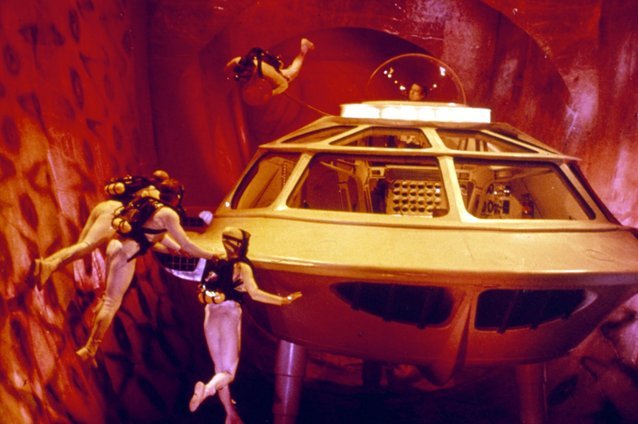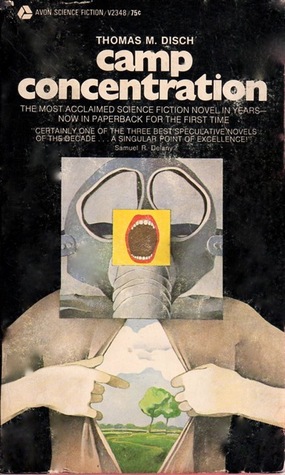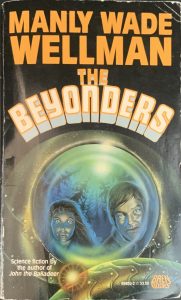
(Post by River Patterson)
Why did I choose this book?
I wasn’t sure what I wanted to read about before entering the bookstore. I asked the store owner for a recommendation of a book that corresponded with some of my personal interests and was given: Starship & Haiku. I decided to stick with it partly because the cover was purple and featured a grey whale.
What’s it about?
After global strife causes the moon to shatters into pieces, America falls into civil war. Hawaii is ruled by three kings who command “gangs of wild people” (45) to kill the island’s inhabitants. The Japanese government, with polluted waters and no fish, enables mass suicide. The world is falling apart. Ryoko Ishida, the daughter of a Japanese government official, travels to Hawaii with her father and discovers she can speak to whales. On her trip, Ryoko meets Josh Nakamura, a Japanese-American boy who cares for “stranges” (36), mutants stricken by plague. Ryoko’s visit prompts Josh to leave war-torn Hawaii for Japan. Contemporaneously, Ryoko’s father works on a spaceships meant to rescue humans from the dying earth. On her voyage home, human Ryoko is impregnated by a whale. (70) Her offspring may have the potential to save the world…
What kind of SF?
The story is somewhere between apocalyptic and post-apocalyptic. Could fall into underwater SF category, or whale SF. Additionally, pre-cogs.
What’s good?
There are a lot of cryptic haikus. In part set in 2022, is serendipitously and scarily pertinent. The writing ambience is beautiful, dark and poetic.
Do I recommend it?
If you like 80s trippy whale melodrama, but not really. While I have developed a small love for this book, it is pretty intense and complicated. The plot line is too layered. The main characters are not that interesting and their relationship is a little awkward. The whale pregnancy thing is also odd.
Sucharitkul, Somtow. Starship & Haiku. Timescape Books, 1981.
(RIver Patterson)










